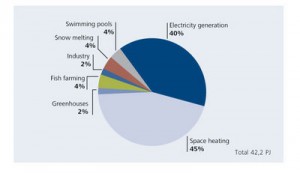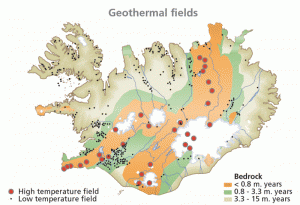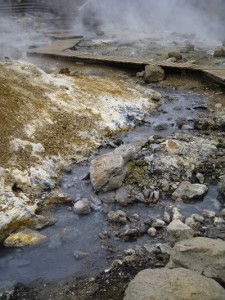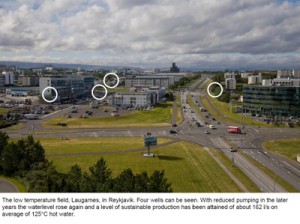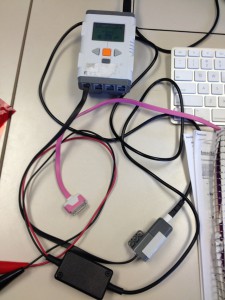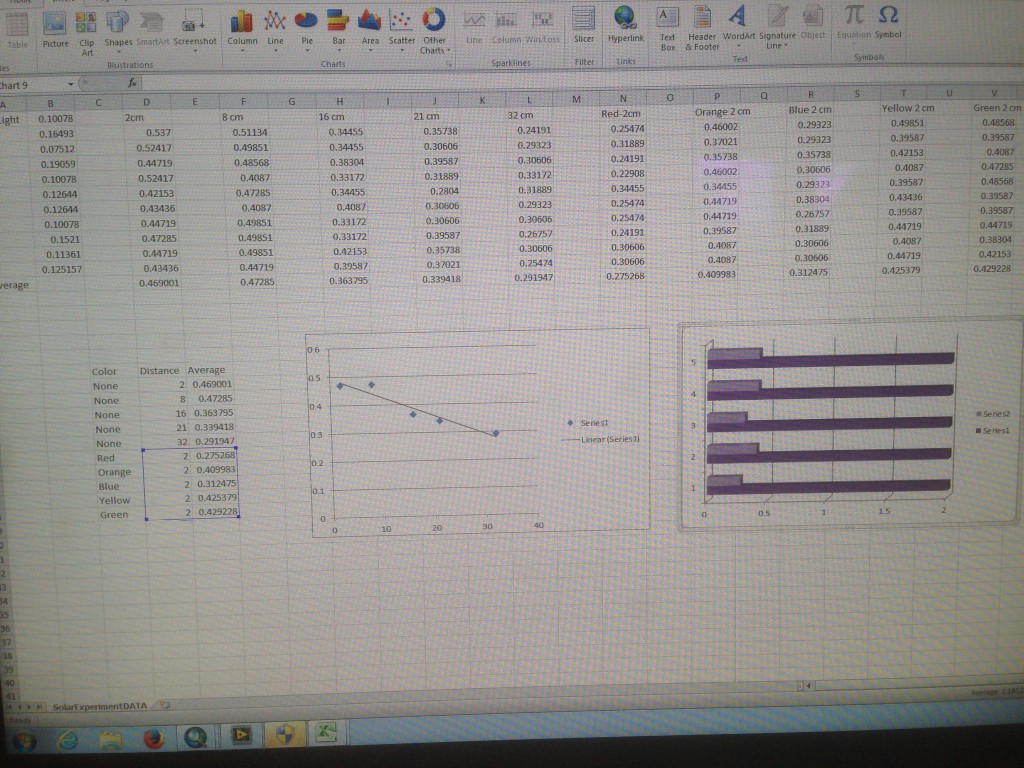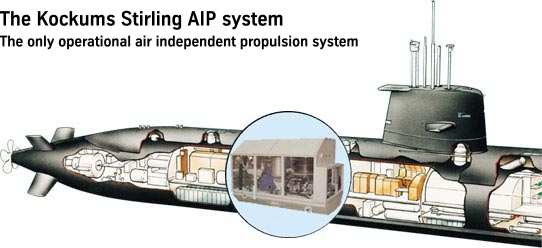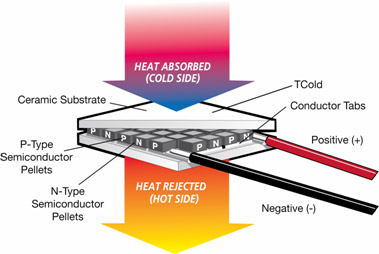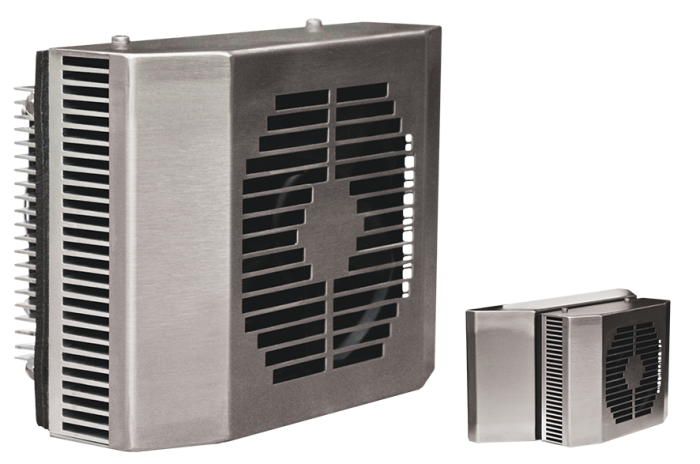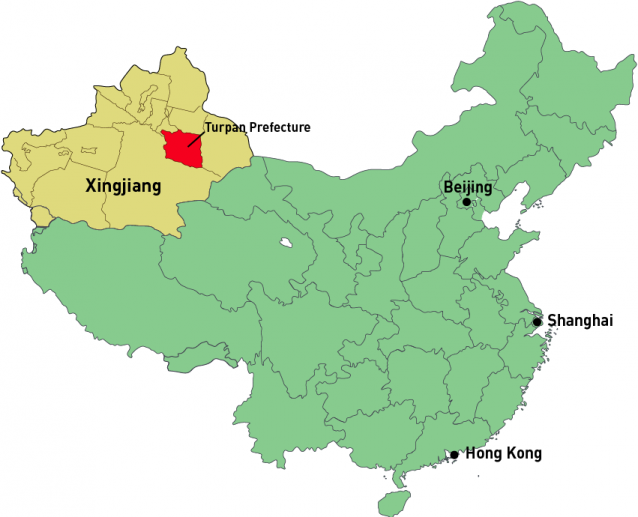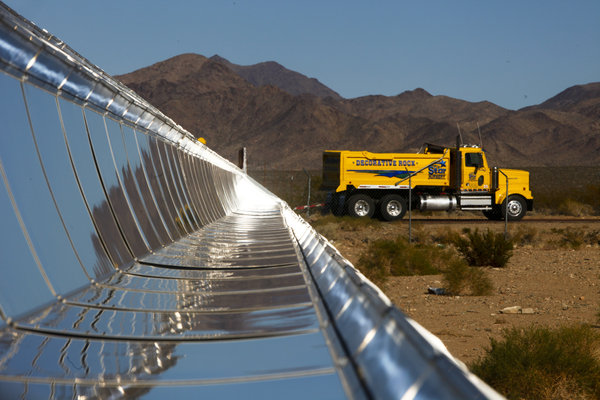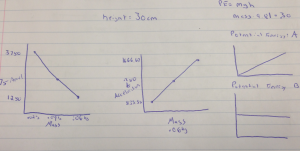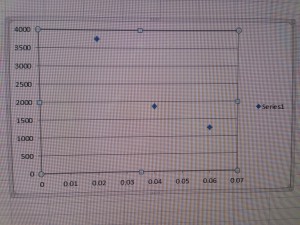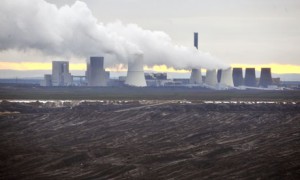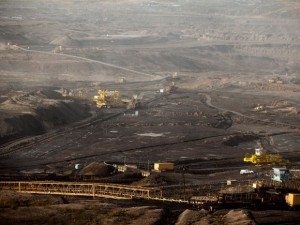Hello All,
When it come’s to generating electricity, I’d like to turn my focus to coal, natural gas, and nuclear power plants as methods to generating electricity. From our reading in chapter ten of Beyond Smoke and Mirrors by Burton Richter, we acknowledged that 70% of the United States energy production comes directly from coal and natural gas. To provide an overview for my blog, coal has become the supreme leader of energy production not only in the United States, but across the world due to it’s relatively cheap cost, and abudance. Coal has far reaching problems for the environment due to it’s rash of emissions, and Richter highly encourages a change from coal-fired plants to natural gas plants to greatly reduce our overall emissions(We could reduce our emissions to as as much as 25%). As we have seen again, it boils down to cost and coal is much cheaper than gas to produce electricity.
To begin, coal remains an extremely viable and important asset to energy production due to the rising and unstable prices of natural gas. One can always rely on affordable coal that is available for energy production. “Coal and its stable price is a long-term proven hedge against natural gas volatility and coal is critical if we are to continue to provide affordable electricity for our members.”- John Novak. I found John Novak, NRECA executive director of environmental issues, to be brutally honest in the fact that coal helps to keep energy prices down. Not only as a subsidiary to gas in case there is ever a shortage, but also a method of keeping the price of gas down in order to force competition. Coal is the fastest growing energy source in the world, rising 2.3 percent a year through 2018, and poised to dethrone crude oil as the largest source by 2020-IEA. Due to a rough winter in the Northeast, the United States is relying heavily upon coal production to produce electricity now more than ever. This phenomenon can be seen financially in the fact that the price of coal has greatly increased in recent months due to increased demand for production.
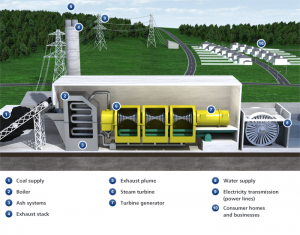
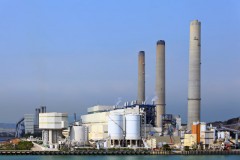 2 images which show coal production.
2 images which show coal production.
Next, in regards to natural gas generating electricity, is a nonrenewable resource like coal that can be transformed into usable power. According to the EPA, “Power plants use several methods to convert gas to electricity. One method is to burn the gas in a boiler to produce steam, which is then used by a steam turbine to generate electricity. A more common approach is to burn the gas in a combustion turbine to generate electricity”. A newer technology called, a “combined cycle” is being seen more frequently, which involves burning the natural gas in a combustion turbine to in turn develop steam to drive a steam turbine, which results in a much greater efficiency. “Compared to the average air emissions from coal-fired generation, natural gas produces half as much carbon dioxide, less than a third as much nitrogen oxides, and one percent as much sulfur oxides at the power plant. In addition, the process of extraction, treatment, and transport of the natural gas to the power plant generates additional emissions”. This struck me profoundly because I always believed that natural gas production had to be the single-leading cause for our severe industrial emissions. This form of energy production affects the natural environment in a much less harmful way than coal-production does, yet still it harms several habitats of animals that live in the vicinity of the plants.
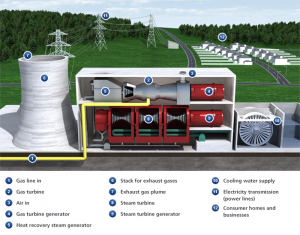 – Natural Gas being turned into Electricity.
– Natural Gas being turned into Electricity.
Lastly, in terms of energy production from nuclear power plants, the process is much similar to that of natural gas and coal. Water is still being turned into steam, which in turn causes the turbines to generate electricity. The significant difference lies in the point of having the heat that generates the steam being created when uranium is split, which is called fission. The United States contains 100 nuclear power plants which account for about 20% of all the country’s electricity, without leaving a single trace of emission or pollutants into the atmosphere.I learned that there are two different kinds of nuclear power plants: Pressurized Water Reactors, and Boiling Water Reactors. In both cases, the water can be seen as a renewable energy, because it is recycled through for future usage. About 2/3 of America’s power plants are pressurized water reactors, with the remaining third being boiling water reactors.
Pressurized Water Reactors keep water under a constant pressure, never bringing it to a boil. The water is then circulated through the turbines to cause them to turn into steam which in turn operates the turbine generator which creates electricity.
 – Pressurized Water Reactor, also known as PWR.
– Pressurized Water Reactor, also known as PWR.
On the other hand, Boiling Water Reactors, the water literally boils and transforms into steam to power the turbine generator to create electricity.
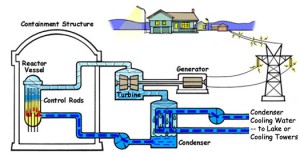 -Boiling Water Reactor, also known as BWR.
-Boiling Water Reactor, also known as BWR.
REFERENCES:
http://www.ect.coop/power-supply/coal-keeps-electricity-cheap/65837
http://www.bloomberg.com/news/2014-02-13/coal-burns-brighter-as-utilities-switch-from-natural-gas.html
http://www.epa.gov/cleanenergy/energy-and-you/affect/natural-gas.html
http://www.duke-energy.com/about-energy/generating-electricity/nuclear-how.asp
http://www.nei.org/Knowledge-Center/How-Nuclear-Reactors-Work
